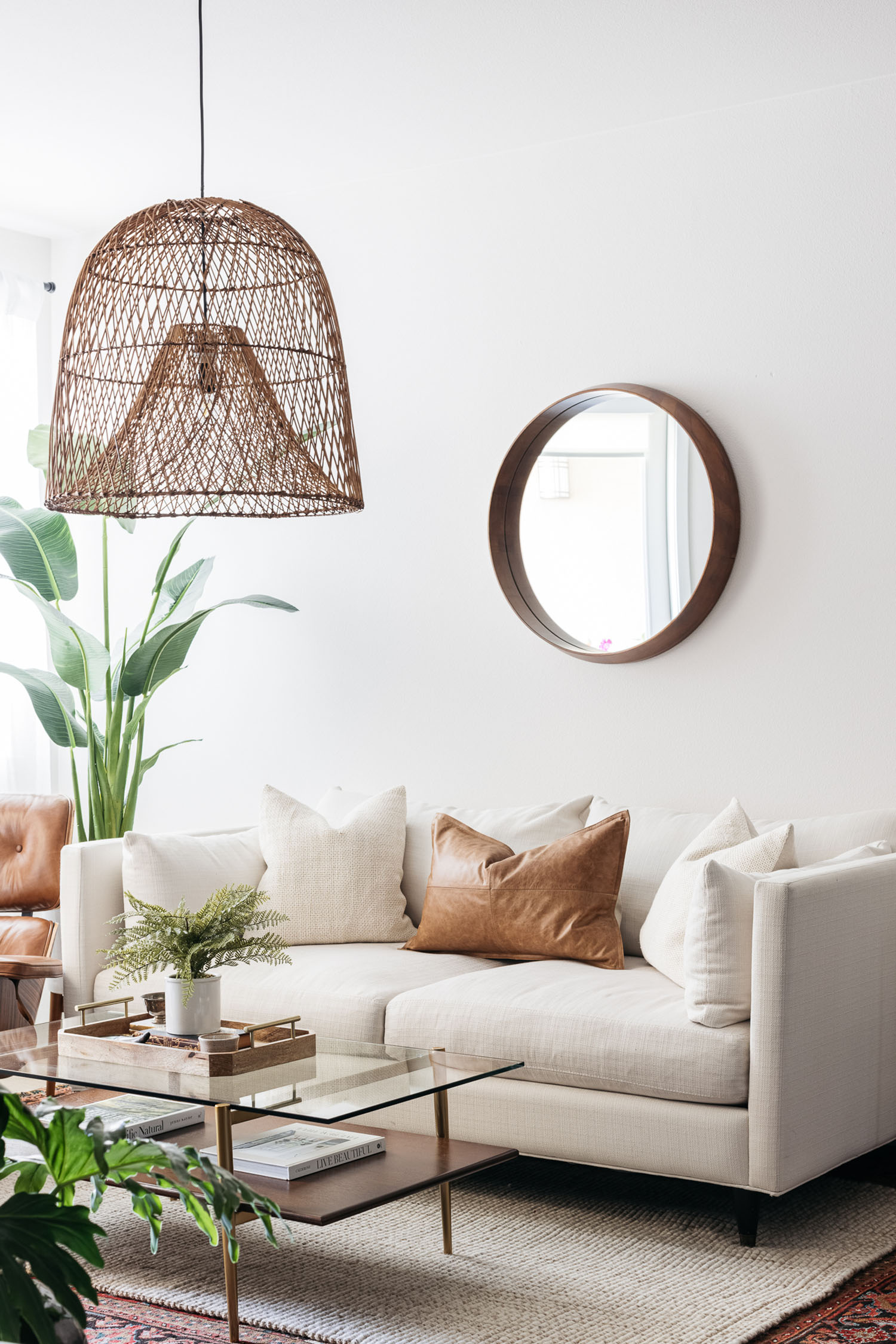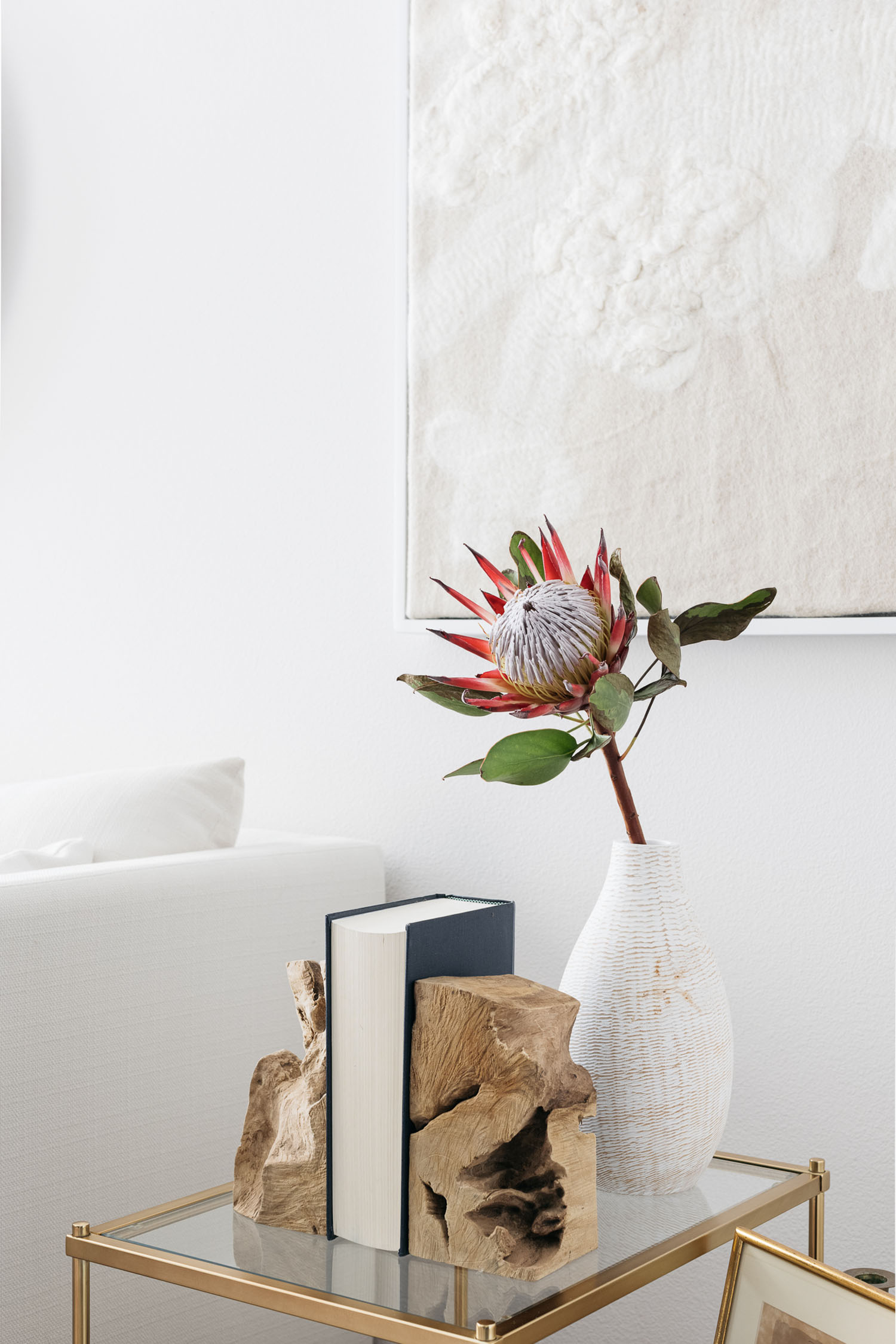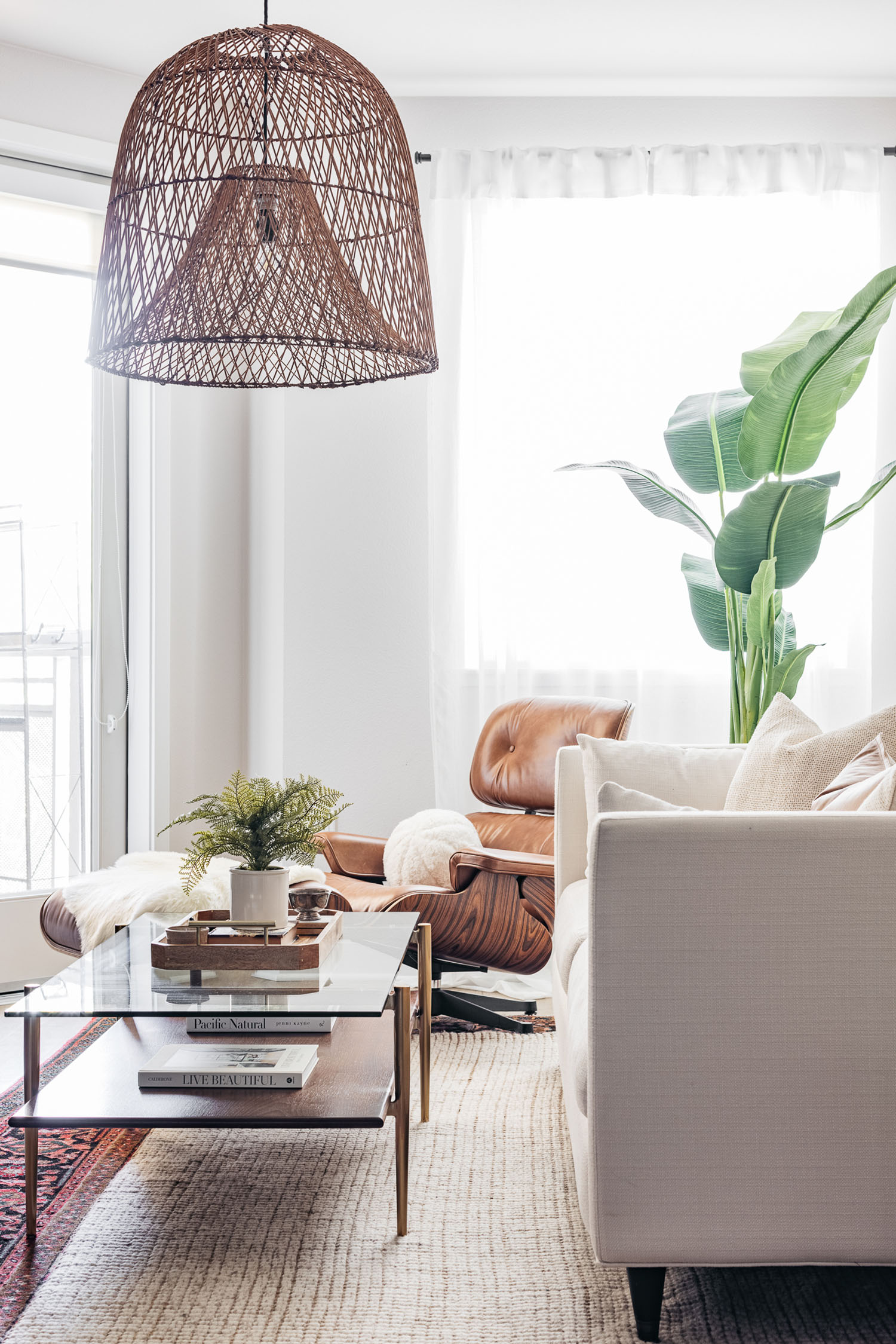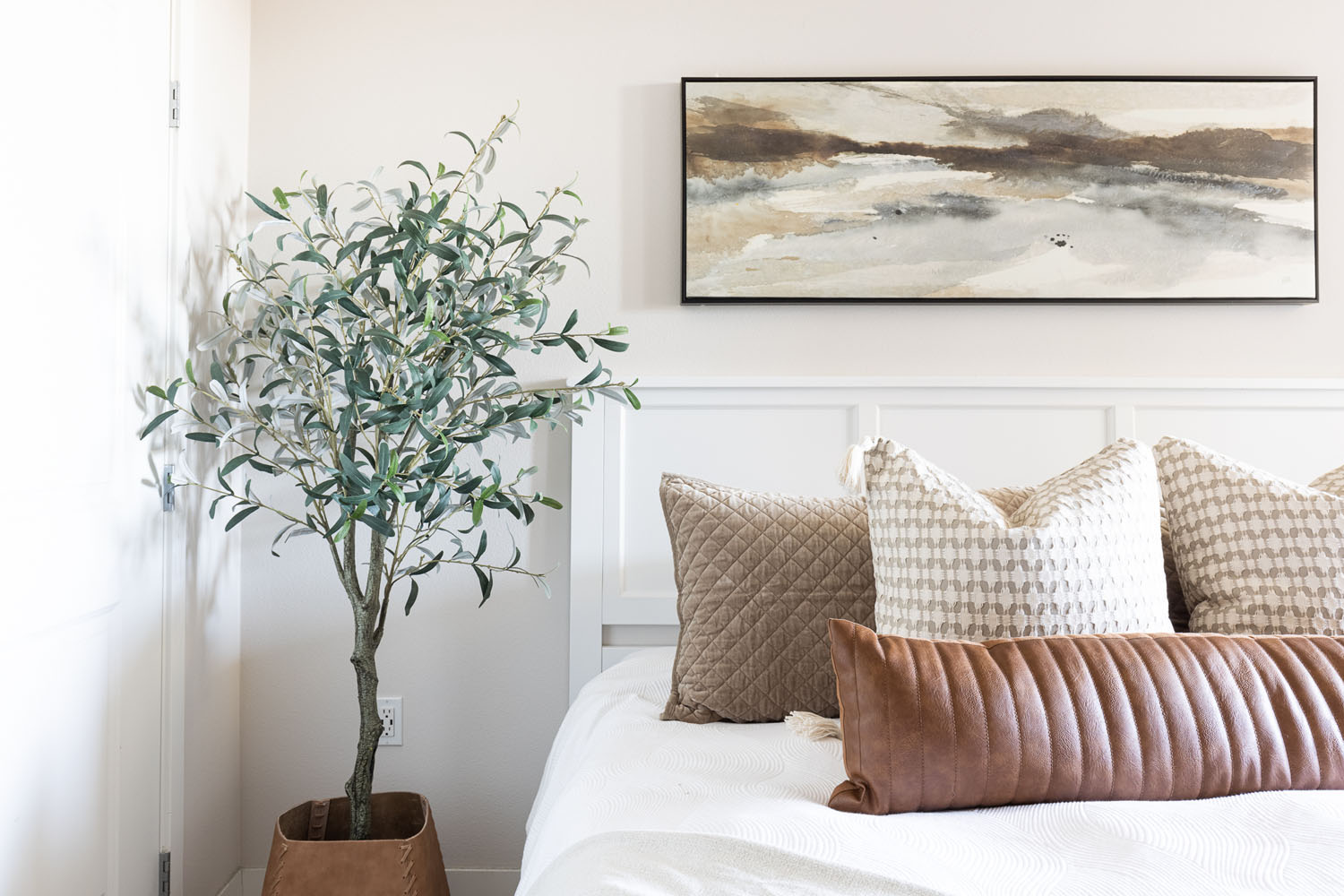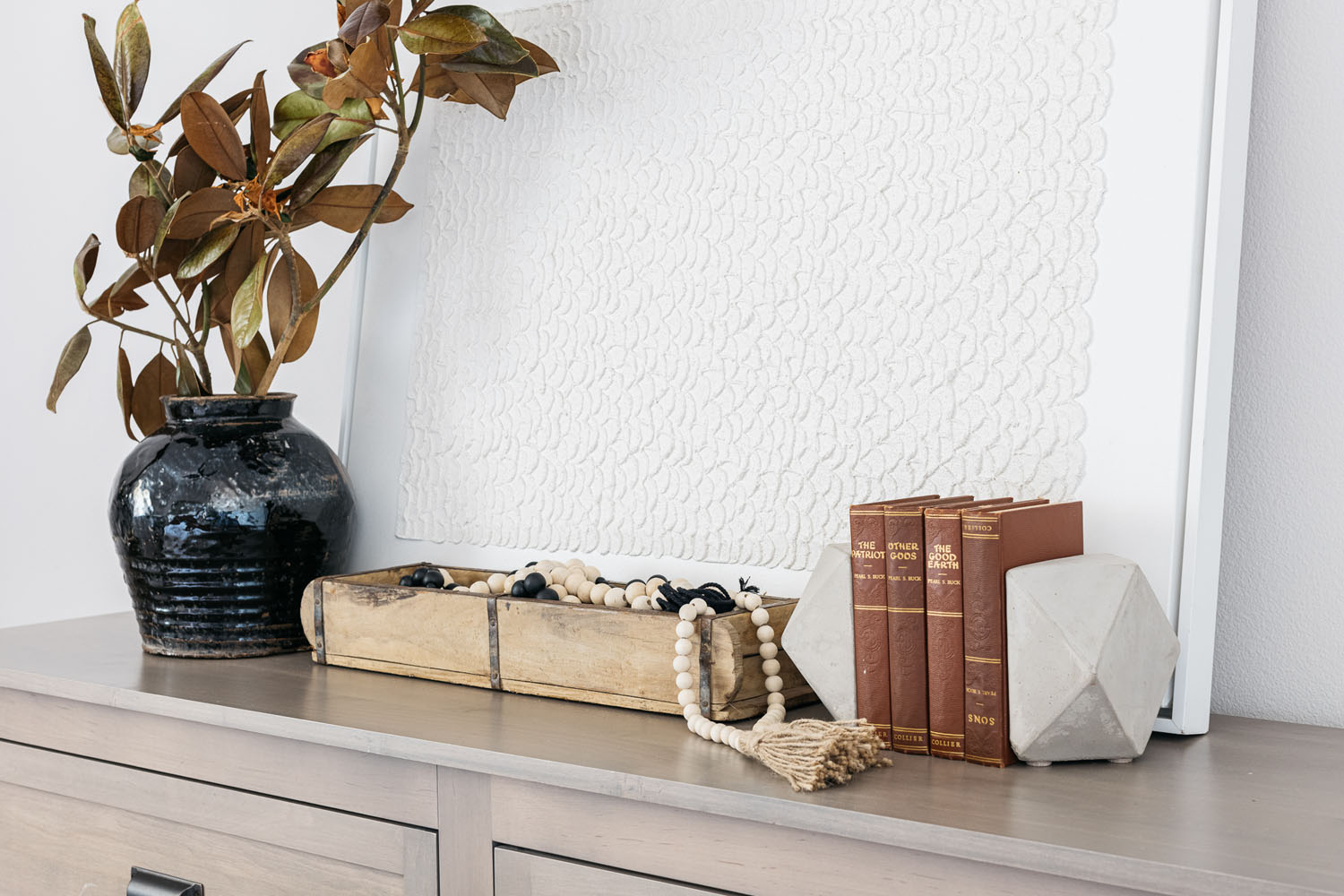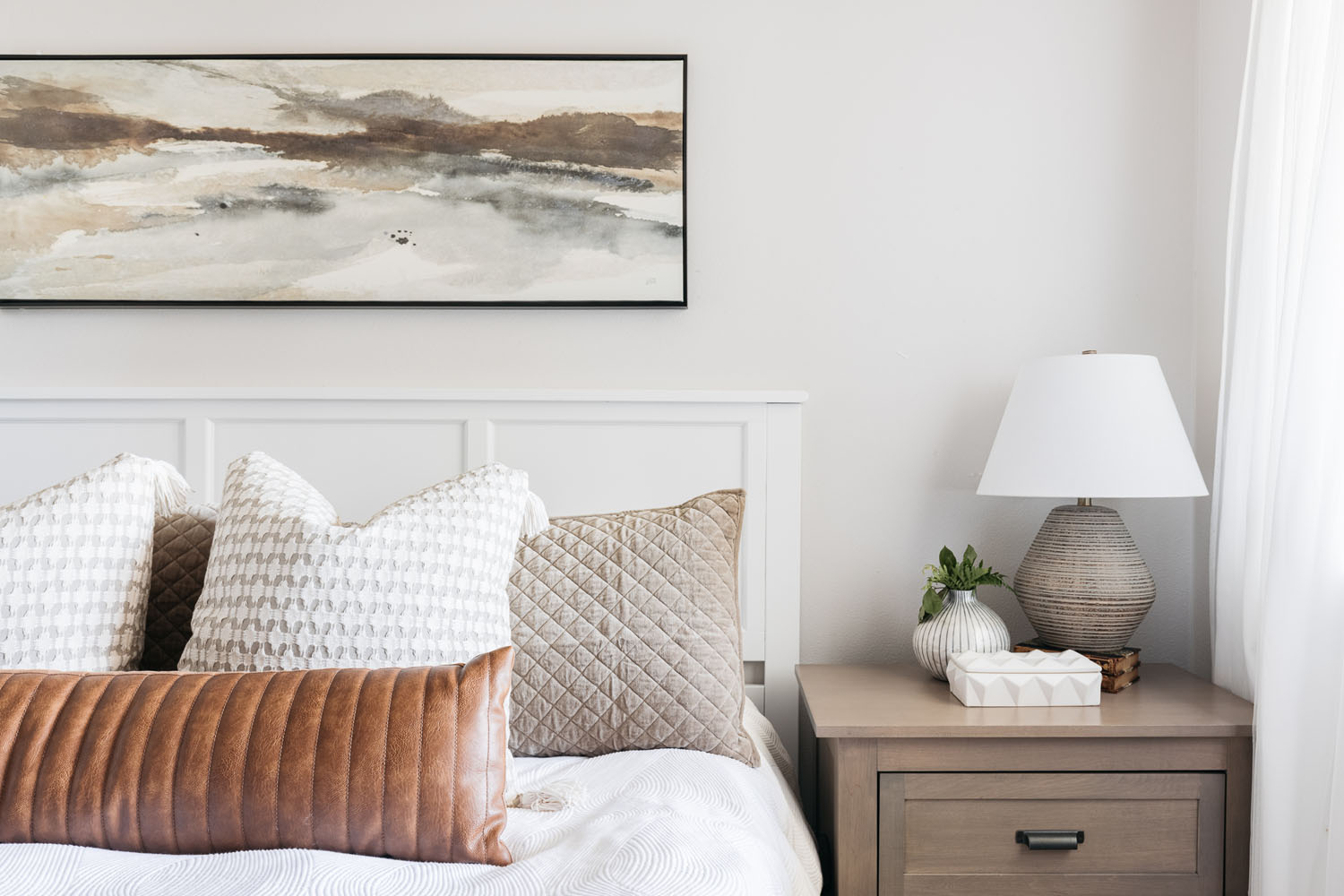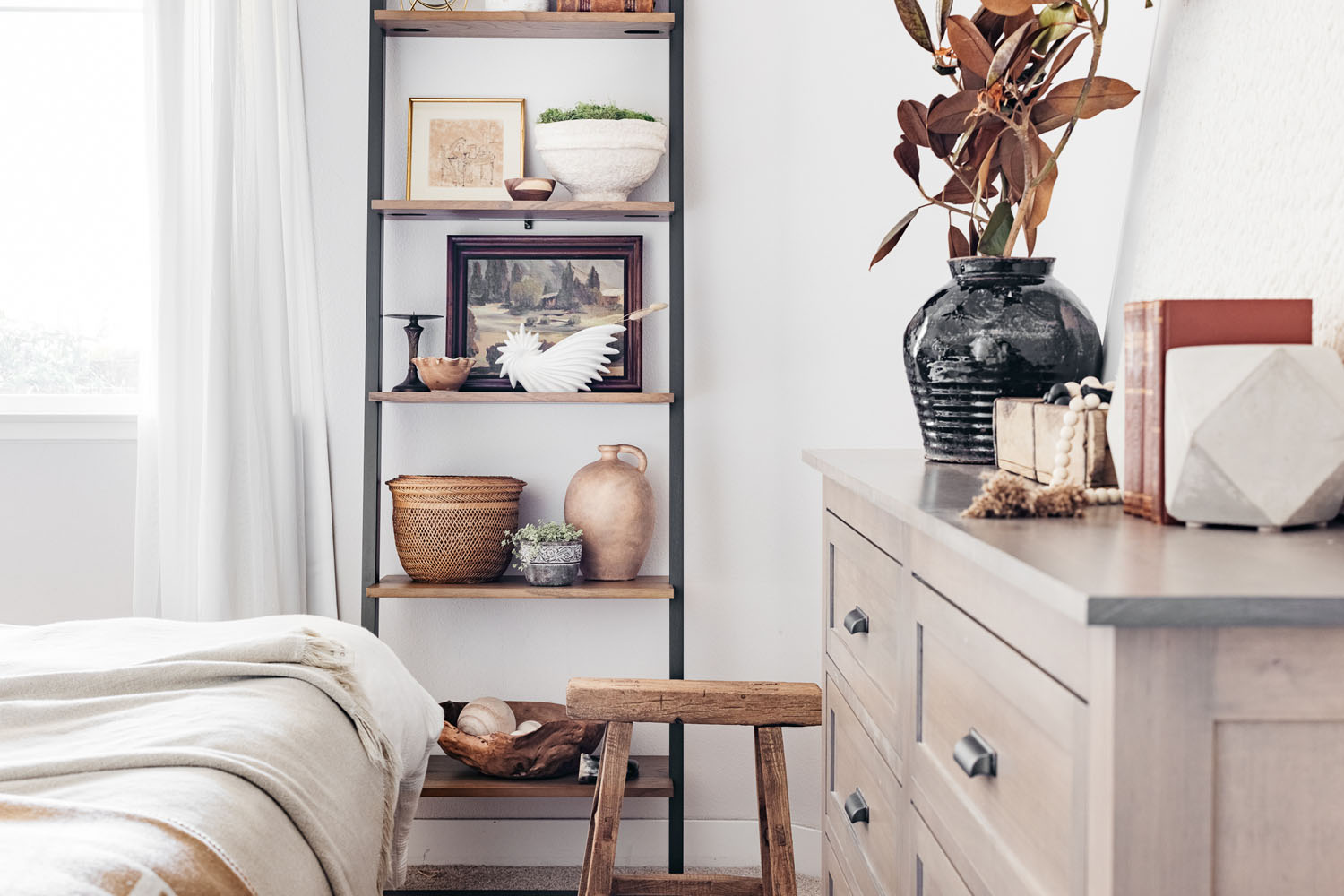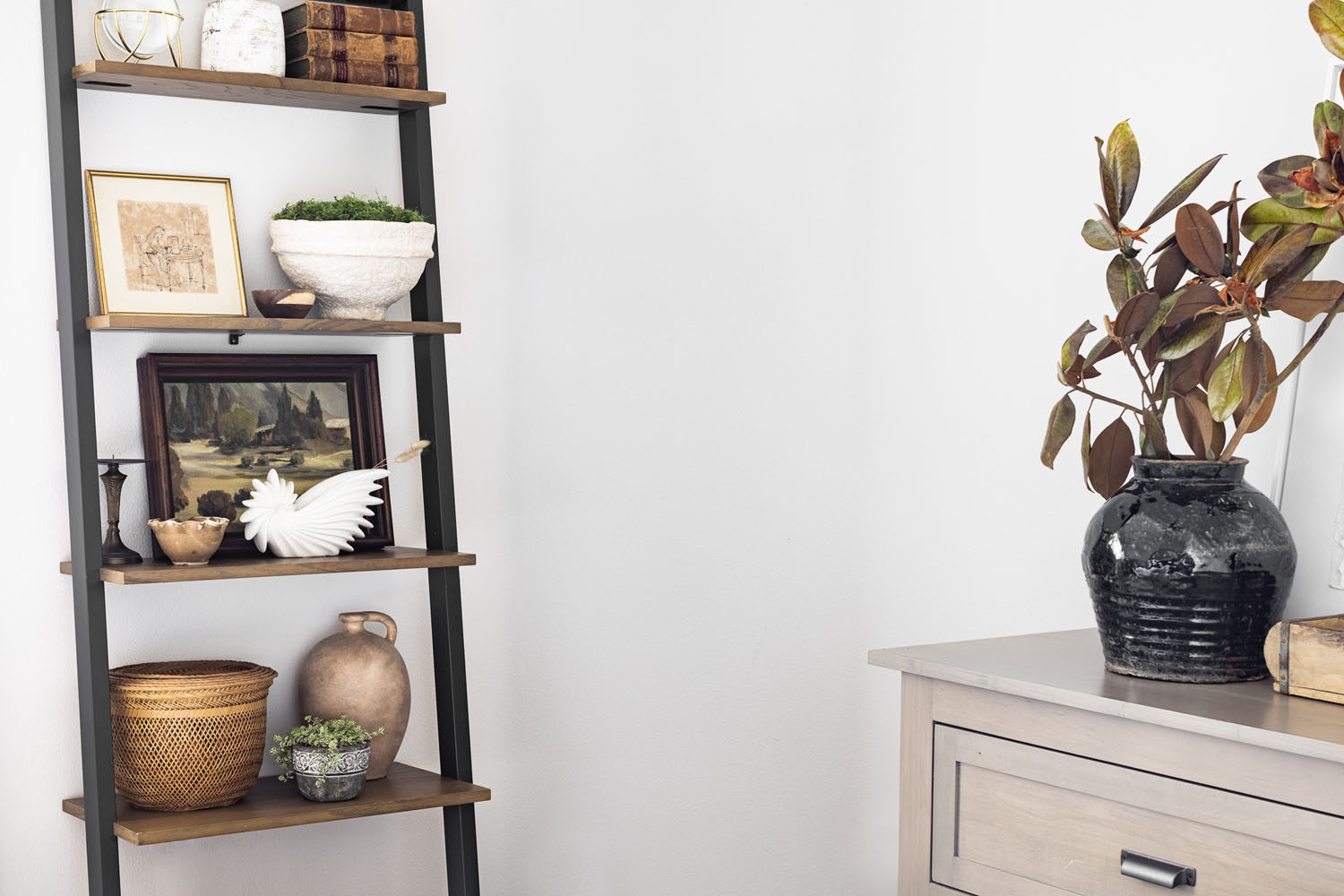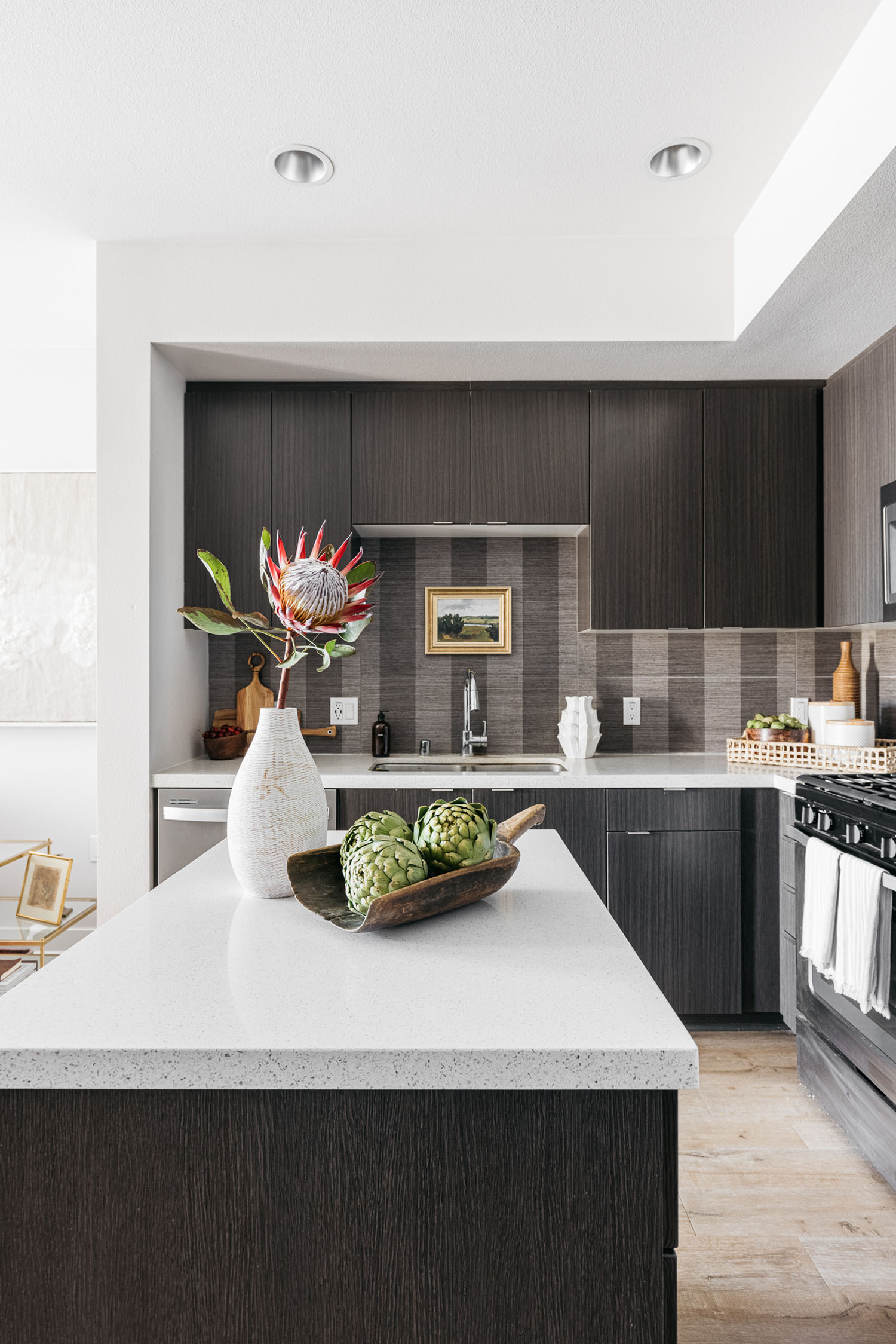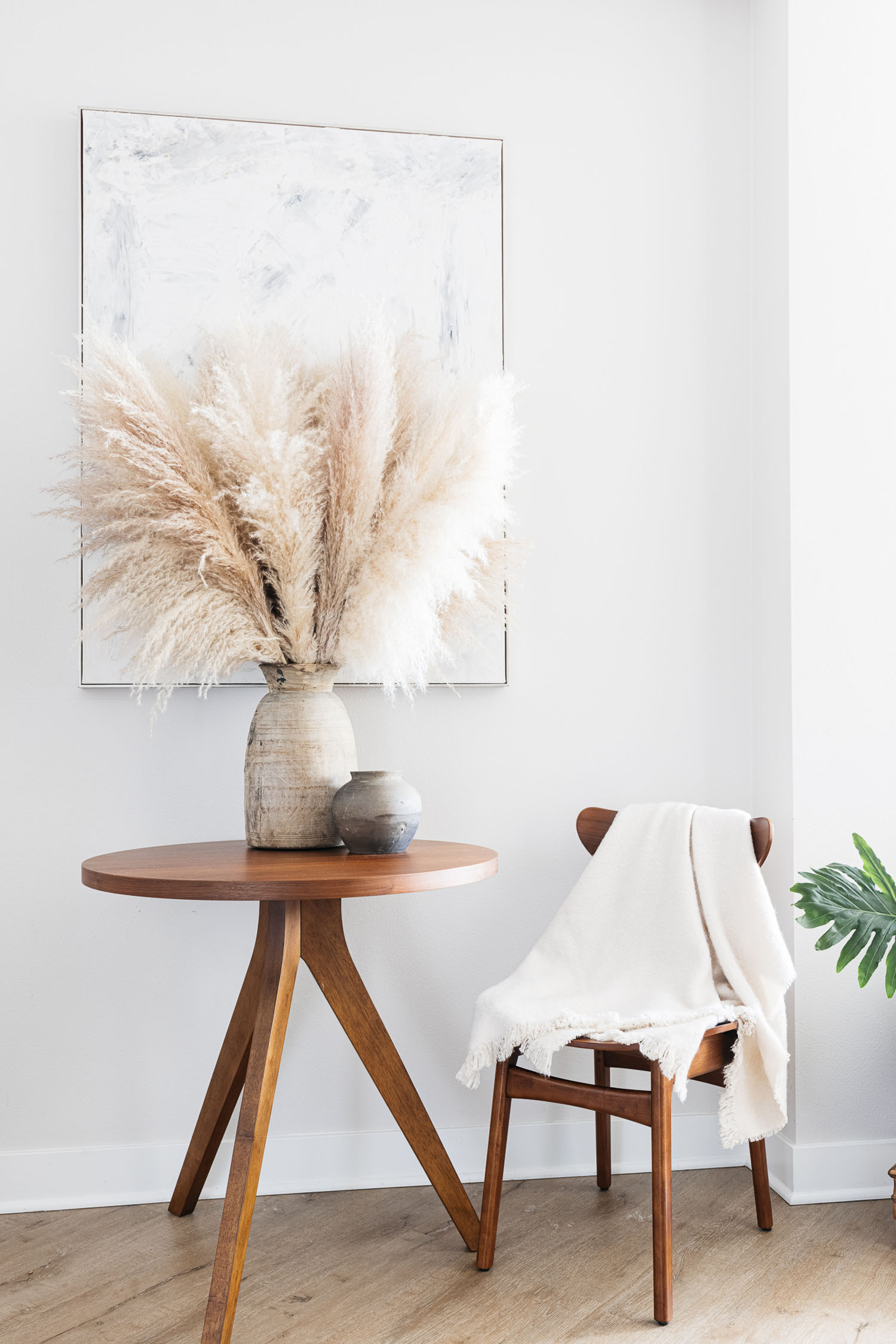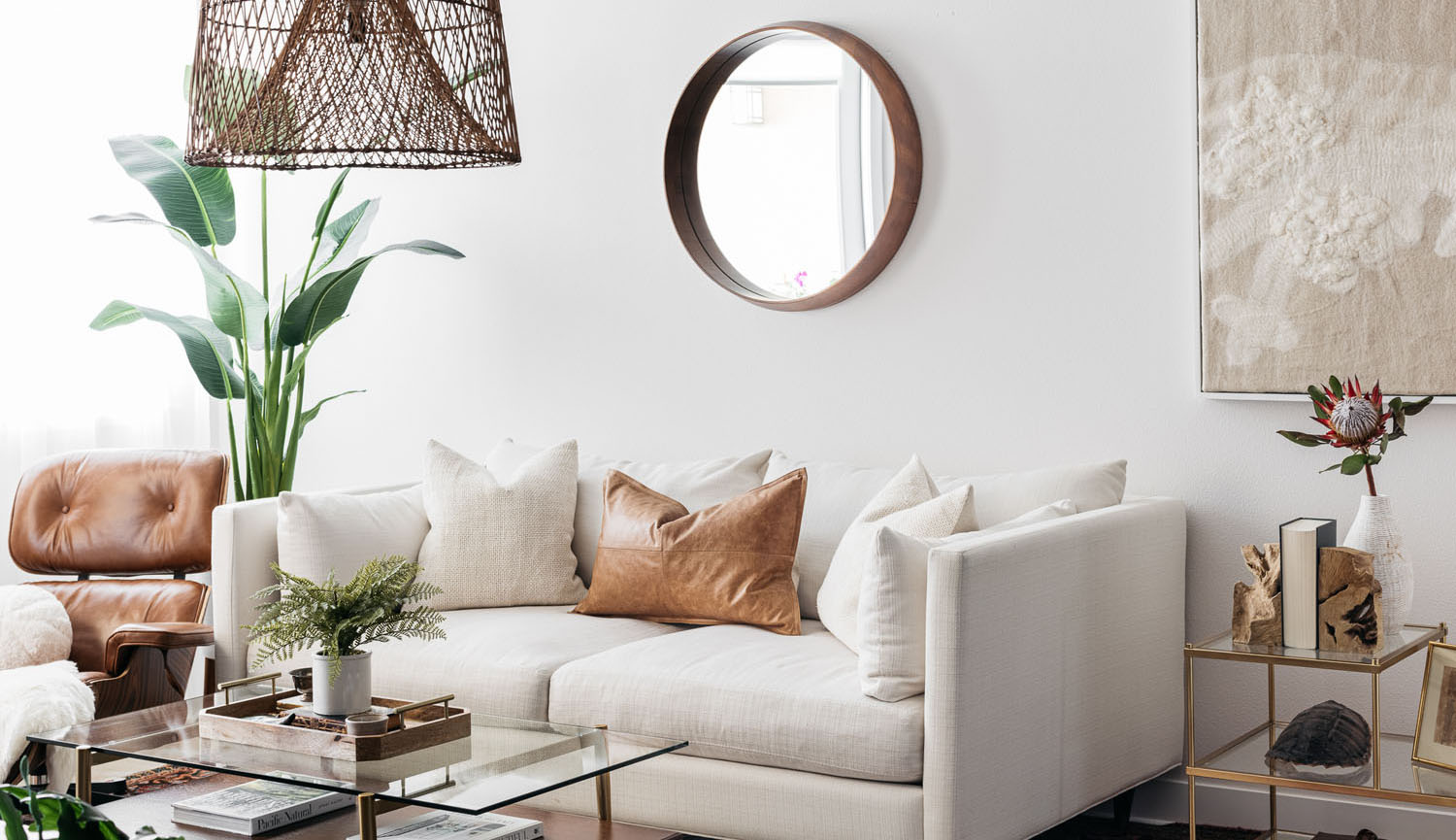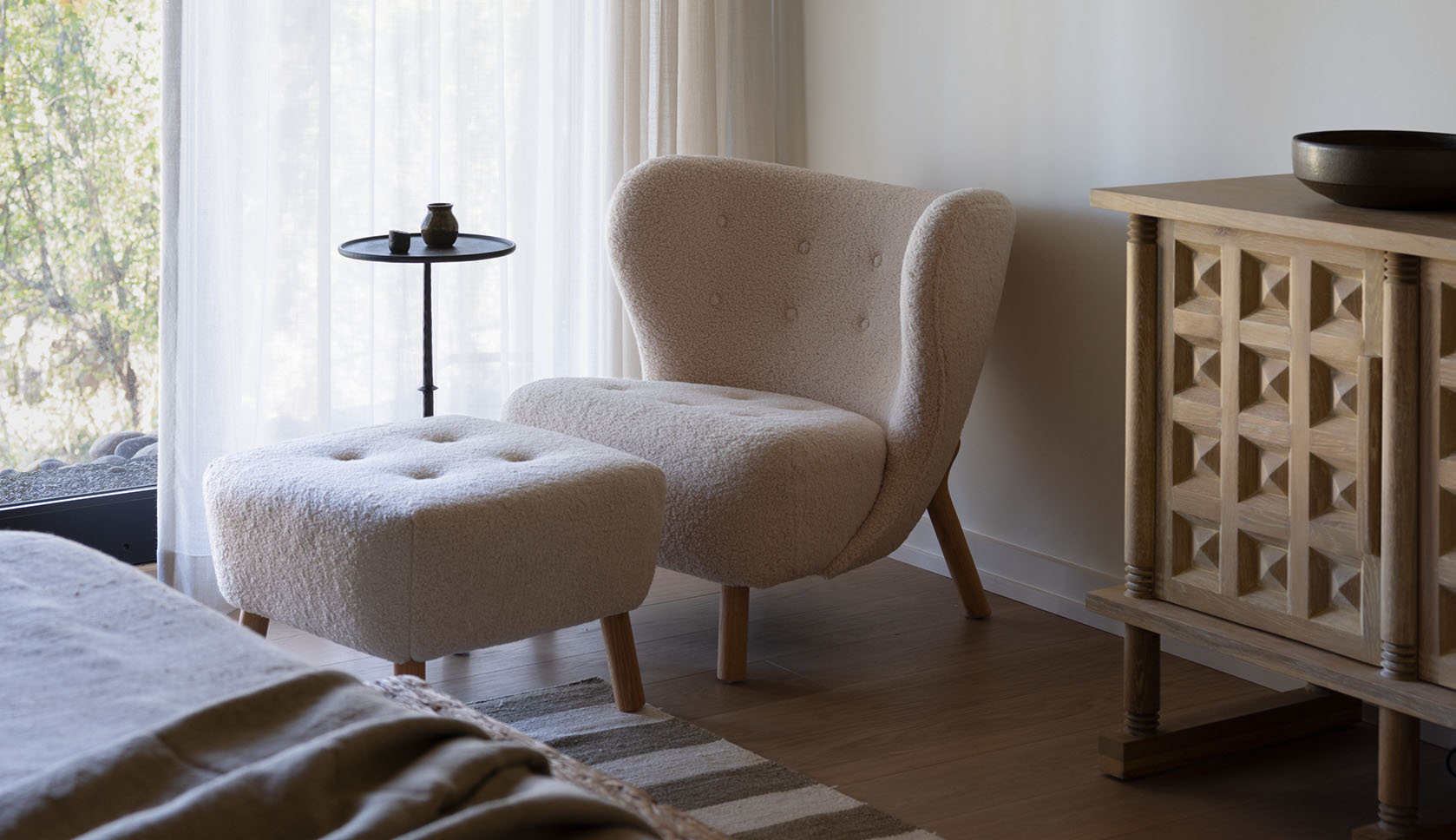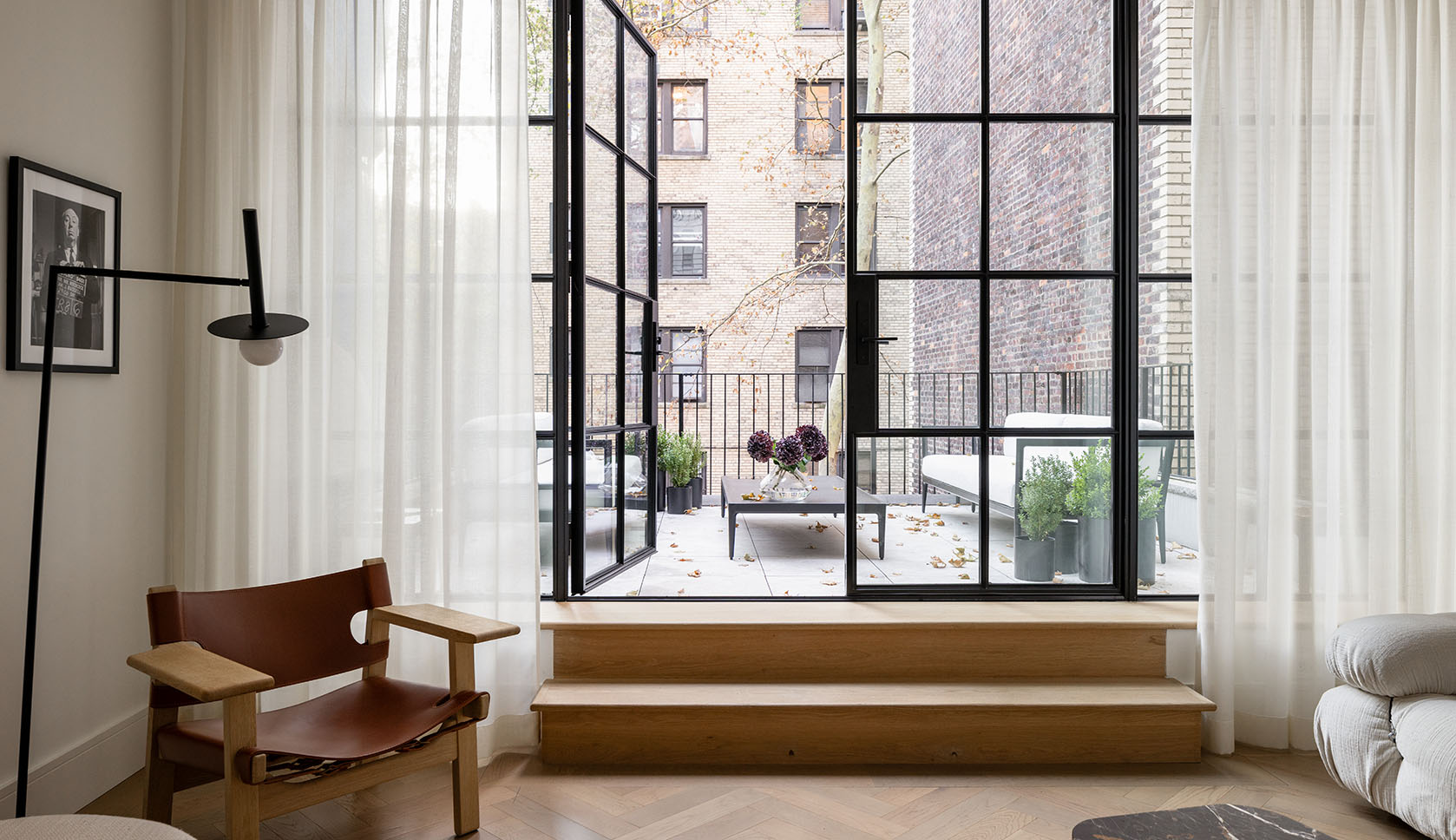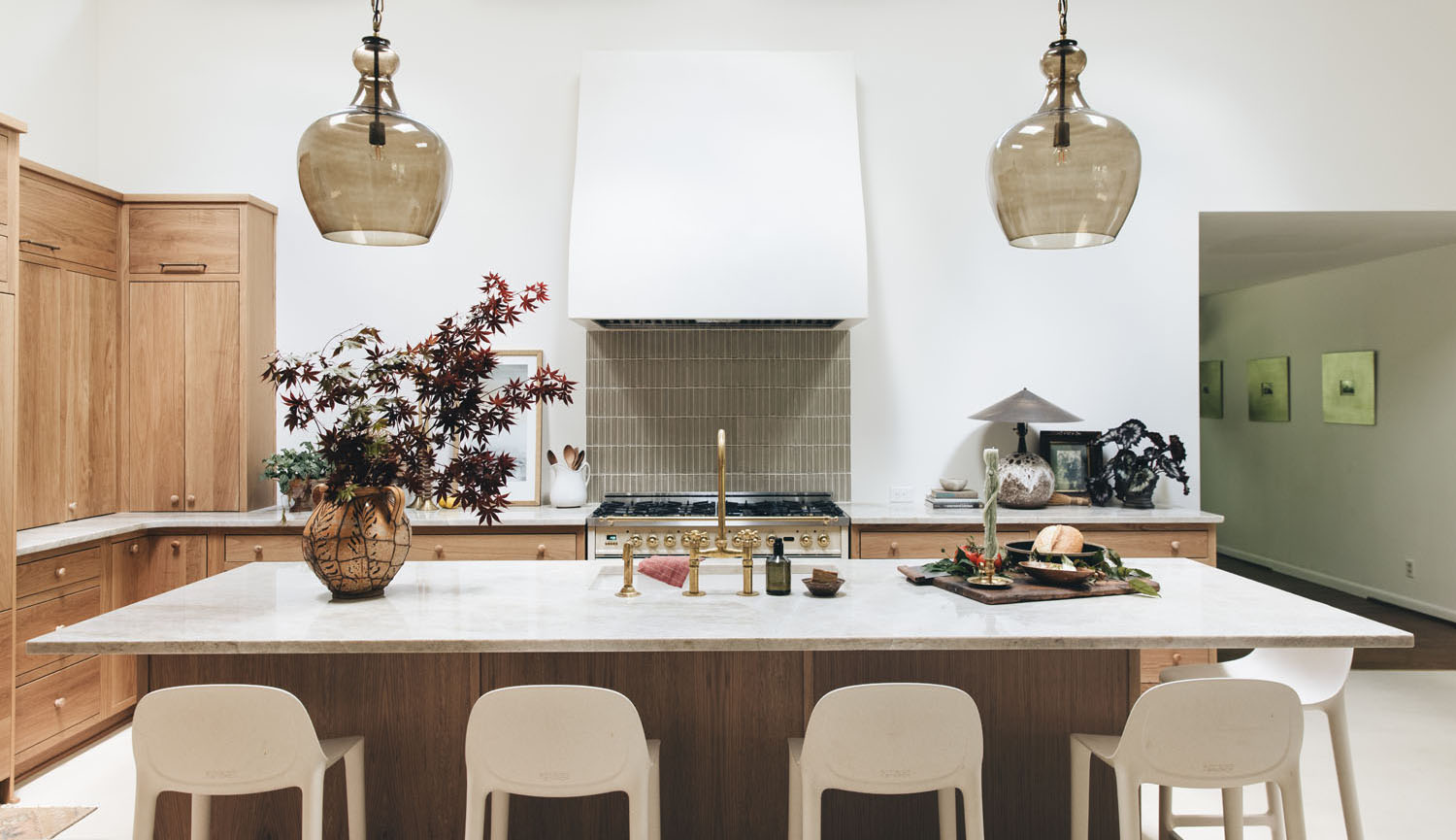Marissa Sappington of Marissa Kay Home is blending her two passions to make a positive impact in the design industry. As a teacher for students with Visual Impairment and Blindness, she has a keen understanding of the importance of designing spaces that cater to their needs: a space that not only creates ease of access within the space but offers supreme comfort as well. She tells us more about her career journey and what she hopes to accomplish as she launches her eponymous design firm in Southern California.
How did you first get started in interior design?
I grew up in a home surrounded by beautiful furniture, with parents who understood the importance of aesthetics in the home, and I wanted to help make other peoples’ homes look aesthetically pleasing as well. Along the way I discovered a new passion for teaching the visually impaired, but never lost sight of my love of design. After years of teaching people who were missing their sight, I began to appreciate the artistic quality of the world around me that much more. Eventually, I decided to pursue a career in interior design and start my own interior design business called Marissa Kay Home, to bring a bit more of that artistry to other people, sighted or not.
You have a unique viewpoint. Can you tell us a bit about wanting to design for the visually impaired and blind? How did you first discover this passion?
As a designer with a background in teaching the visually impaired and blind, my life’s goal is to equip individuals with the necessary tools and skills to access their world and become as independent as possible. I hope to make use of my expertise in interior design to help facilitate a more purposeful home design and facilitate independence in the home.
Throughout my career, it has been essential that I ensure my students are just as capable of accomplishing something as sighted individuals by giving them the tools to overcome their distinctive obstacles. With this in mind, I want to give visually impaired individuals the ability to experience life in their homes with minimal barriers and maximum functionality. Fusing my two passions has given me the unique ability to create beautiful and highly functional spaces for the visually impaired and sighted community alike.
What are some of the key elements to consider when creating a beautiful and functional home for the visually impaired and blind?
There are so many elements to take into consideration when designing for a visually impaired client! One thing I consider when designing for an individual with blindness is making sure that there are fewer physical barriers and more spaces emphasizing function and simplicity over clutter. Another key component is creating a tactile effect in the home, which means considering distinctive textiles, materials, wood, and textures for each individual furniture piece. Placing different materials or textured elements throughout the home allows the visually impaired individual to identify each piece of furniture based on the feel of the item. This creates an easy way of navigating around their home, identifying different surfaces, and invoking a practical function for the user.
I would also incorporate wayfinding, by using different types of flooring throughout the home. Being mindful of the sounds different flooring makes can be a useful guide for an individual with visual impairments to know where they are located in a home. For example, using different flooring in the kitchen, living room, and bathroom can be advantageous to their maneuvering of the space. Furthermore, dividing up a space with the use of rugs can help an individual locate where they are in larger rooms more easily.
There are additional considerations for low-vision (but still somewhat sighted) clients as well, such as providing overhead instead of face-height lighting to illuminate an area, and color contrast on doors, furniture, and steps to name a few. As you can see, there are quite a few different home elements that sighted people take for granted!
We’d love to know more about your plans. What partnerships are you pursuing in this field?
One of my goals as an interior designer is to design homes for the blind community. My heart goes out to those that cannot see and I want them to have a beautiful home filled with textures, tactile [materials], and, most importantly, functional elements that can empower their self-sufficiency. While I haven’t yet had the opportunity to design for a blind individual, I plan on pursuing a partnership with the Braille Institute, Perkins School for the Blind, or Regional Centers. Hopefully we’ll be able to work together to reach those interested in an interior designer committed and knowledgeable in how to design a home tailored to the unique needs of an individual with visual impairments.
What do you love most about what you do?
I love looking at a space and seeing its potential to be exquisite – the transformation of a room or home to make it reflect the client’s practical and aesthetic sensibilities is the drive behind my work. My goal (and passion) is to translate the client’s desires into a tangible and alluring realization.
